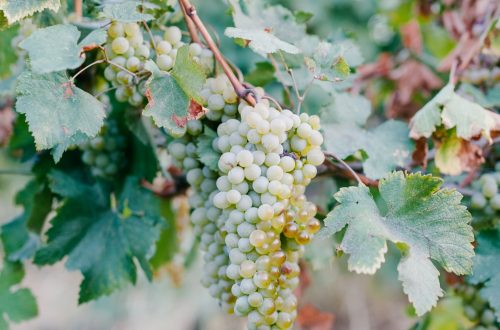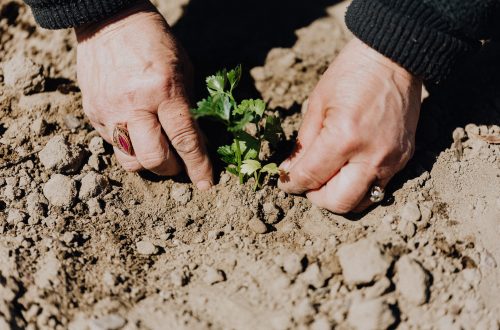
Farming Techniques
The surprising achievements of that country, which has 17 million inhabitants, are based on technology applied to working in the fields. In fact, it has a kind of Silicon Valley of agriculture, known as Food Valley, linked to the Wageningen University & Research (WUR), considered one of the leading institutions in agricultural technology research.
There, all kinds of experiments are carried out to optimize resources, and not only thinking about the interests of their country, but also those of underdeveloped areas where technology could be efficient to alleviate food shortages. But the involvement of small farmers is essential for the plans initiated by the government a few decades ago to bear fruit.

High-tech peasants
It is not strange to see farmers controlling their fields with drones, which inform them of the chemical components of the soil, its degree of humidity, the number of nutrients they have, the growth of the plants, or of each fruit individually. With a climate not too favorable to certain crops, which require warmer temperatures than those of the Dutch winter, they get tomatoes of as good quality as the Mediterranean ones, of which they are the main world exporters.
Plants that will be boxes
Dutch farmers have their own self-supply system, producing practically all the energy and fertilizer they need and also some of the necessary materials to package and sell their crops. It is not strange to see small properties in which vegetables are not rooted in the earth, but in a strange soil formed by fibers of basalt and gypsum.
That allows them to save up to a quarter of the water needed to power plantations on land and outdoors. Every year they renew the plants with new seeds and the old ones are recycled to make packing boxes, strange as it may seem. Another aspect in which Dutch farmers have worked, sometimes through individual initiatives, is to combat pests in the most sustainable way possible.
Why is family farming important to the economy?
The large properties are dedicated to the production of grains and commodities for export, and it is rare that their products reach the table of Brazilians. In addition, they practice monoculture, an activity that demands the constant use of pesticides.
Commodities are products of primary origin and are used to be transformed into other products. In other words, in a way, the large Brazilian landowners export raw material, which puts our sales abroad in a situation where the only thing that matters for their pricing is the relationship between supply and demand.
As an example of this, you can think of corn, which is sold raw to be transformed in the buyer country into a series of foods: breakfast cereals, cakes, preserves, and others. These products have what we call added value: they can be more or less tasty, use rare or special ingredients, and be produced following known recipes, for example.
All of this allows pricing based on delivering product value, not just how much competitors are charging in each market. As family farming does not produce commodities and is not aimed at export, it is not a competitor to the large employer systems. On the other hand, it is she who generates more jobs in the country, according to recent data.





